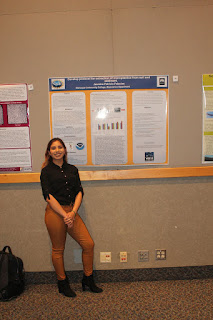Blog Post Week 1
Chart of different types of plastics
Examples:
|
SPI Code:
|
Density:
|
Made With:
|
Medicine jars, peanut butter jars, combs, bean bags, and rope
|
1
|
1.38 g/cm^3
|
Polyethylene Terephthalate
|
Containers for, mik, motor oils,shampoo & conditioners, soap bottles, detergents, and bleach
|
2
|
0.97 g/cm3
|
High Density Polyethylene
|
Pipes, and tiles
|
3
|
1.3–1.45 g/cm^3
|
Polyvinyl chloride
|
Plastic cling wrap, sandwich bags, squeezable bottles, and plastic grocery bags
|
4
|
Range of 0.910–0.940 g/cm3
| Low-density polyethylene |
Plastic diaper, tupperware, margarine containers, yogurt bottles, syrup bottles, prescription bottles, stadium cups
|
5
|
0.855 g/cm3, amorphous
0.946 g/cm3, crystalline
| Polypropylene |
Coffee cups, plastic food boxes, plastic cutlery, packing foam, packing peanuts
|
6
|
0.96–1.04 g/cm3
| Polystyrene |
Baby bottles, large, compact discs, medical storage containers
|
7
|
Acrylic: 1.18 g/cm³
Nylon: 1.15 g/cm³
Polylactic Acid:1.210–1.430 g·cm−3
Polycarbonate:
1.20–1.22 g/cm3
|
Other plastics, such as acrylic, nylon, polycarbonate, and polylactic acid (a bioplastic), and multilayer combinations of different plastics
|
This week in lab I have been reading the article that Matt gave me called “ Laboratory Methods for the analysis of micro plastics in the marine environment: Recommendations for quantifying synthetic particles in waters and sediments” . The article and program I will be working with is WAESO. The article mentions what in specific are micro plastics and why they have been a health concern for sea creatures.
“Develop protocol for extraction of micro plastics from soil and sediment”. Is our goal for this lab.
This week I have been researching different types of plastics, and have been collecting the different types of plastic that I will be needing in order to shred them into small particles.

Comments
Post a Comment